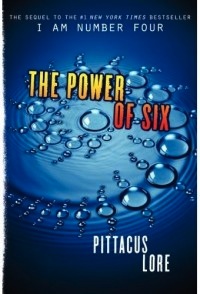 “The Power of Six,” published in August 2011, is the second book of the Lorien Legacies. The first, “I Am Number Four,” was published in August 2010 and a movie appeared in early 2011 (it was quite good–read my review).
“The Power of Six,” published in August 2011, is the second book of the Lorien Legacies. The first, “I Am Number Four,” was published in August 2010 and a movie appeared in early 2011 (it was quite good–read my review).
The series centers around 9 children from the planet Lorien, which is destroyed by the evil Mogadorians. These 9 (called Garde), along with an adult guardian/warrior (called Cepan), escape to earth, where they hide out. These nine children are special; they will, in time, develop “legacies,” which are super powers. And, according to the plan, they will ultimately defeat the Mogadorians and restore Lorien.
The Mogadorians know they are on earth, and are hunting them tenaciously. However, a charm requires that these nine be killed in order, from one to nine. In “I Am Number Four,” the first three have been killed, and now they are after “John Smith,” who is number four. When a Garde is killed, a tattoo of sorts automatically burns into the skin of each remaining Garde, so they all know how many are left.
I really enjoyed “I Am Number Four,” and felt the author did well in crafting the whole mythology and backstory.
I may have liked “The Power of Six” even better.
I initially assumed that the title referred to the child numbered 6, a girl who came to John Smith’s rescue in the first book. Actually, it probably has a double meaning–the power of that girl, yes, but also the combined power of the remaining six.
The book begins in Spain with Marina, who is number 7. She and her guardian have been hiding out in a convent/orphanage. Marina, using the internet, sees stories about John Smith and guesses that he is number 4. She yearns to connect with the others, who were all intentionally scattered upon arriving on earth. Marina realizes Mogadorians have tracked her down, but her Cepan has embraced Catholicism and is in dangerous denial–an emotional breakdown of sorts, after years of hiding throughout Europe–that there is a Mogadorian threat. Marina is on her own.
In the USA, John Smith is on the run (from police and from the Mogadorians) with Six and Sam, a human from the first book. They have a series of violent run-ins with Mogadorians, who keep tracking them down. Plenty of action here, much more than in the first book.
The book alternates between Spain and the US, with each part told first-person (by Marina and John Smith).
Nothing is resolved in this book–it’s a series, after all. But we do learn a lot. We learn about how the charm works, requiring that the Garde be killed in order, and what happens if someone tries to kill one out-of-order. I was wondering how that worked.
We learn more of the back-story of Lorien and the whole mission of the Garde (including what happened to Numbers One, Two, and Three). Much, much is explained. We learn a great deal, and I found myself much more engrossed in the whole thing.
We learn what happened to Six before she suddenly arrived on the scene in Book One–her Cepan killed, herself imprisoned in a vast underground Mogadorian complex in West Virginia.
Both parts are told first-person, by Marina and John Smith. And there is a concluding show-down in both Spain and the US. That’s not giving anything away (to give something away, I would need to tell you the results of those showdowns).
I really enjoyed this book, and devoured it quickly on my Nook Color. I eagerly await the third installment. I should emphasize that this is juvenile fiction (or young adult), which means it’s clean. Another plus.


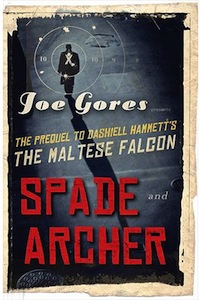 I didn’t have high hopes for “Spade and Archer,” even though it is published under the Black Lizard imprint, which rarely disappoints. A prequel to Dashiell Hammett’s classic “The Maltese Falcon”? Really? Who exactly is Joe Gores? And who gave him permission to use Hammett’s characters?
I didn’t have high hopes for “Spade and Archer,” even though it is published under the Black Lizard imprint, which rarely disappoints. A prequel to Dashiell Hammett’s classic “The Maltese Falcon”? Really? Who exactly is Joe Gores? And who gave him permission to use Hammett’s characters?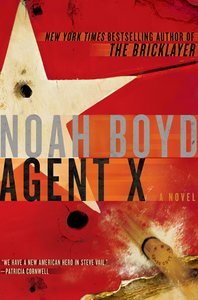 “Agent X” (February 2011) is the second bestselling novel under the name Noah Boyd, which is a pen name of Paul Lindsey. Lindsey, who wrote a total of 7 novels, served as a Marine officer in Vietnam and then worked 20 years with the FBI. Unfortunately, he died at age 68 in September 2011 after a battle with leukemia. So this series may go no further.
“Agent X” (February 2011) is the second bestselling novel under the name Noah Boyd, which is a pen name of Paul Lindsey. Lindsey, who wrote a total of 7 novels, served as a Marine officer in Vietnam and then worked 20 years with the FBI. Unfortunately, he died at age 68 in September 2011 after a battle with leukemia. So this series may go no further.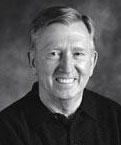
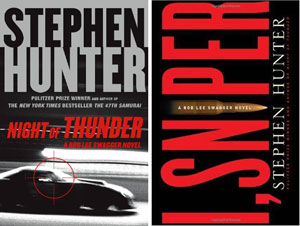
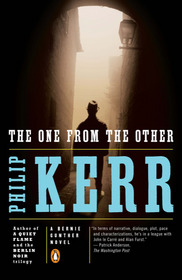 “The One from the Other” is book 4 of what began as a well-known set of books called the Berlin Noir Trilogy, which Philip Kerr wrote 1989-1991.
“The One from the Other” is book 4 of what began as a well-known set of books called the Berlin Noir Trilogy, which Philip Kerr wrote 1989-1991.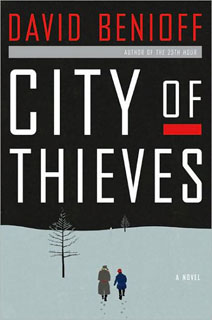 “The City of Thieves” (2008) is set amidst the siege of Leningrad during World War 2. Lev Beniov, age 17, is caught looting–in this case, the body of a dead German pilot who parachutes into his neighborhood. He is thrown into a prison, where he meets Kolya, a colorful, charismatic infantryman accused of desertion.
“The City of Thieves” (2008) is set amidst the siege of Leningrad during World War 2. Lev Beniov, age 17, is caught looting–in this case, the body of a dead German pilot who parachutes into his neighborhood. He is thrown into a prison, where he meets Kolya, a colorful, charismatic infantryman accused of desertion.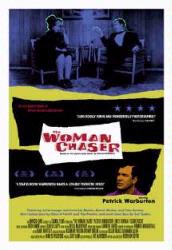 “The Woman Chaser” (1960) is not a good title for this book. The book is not about chasing women, though Richard Hudson does some of that. But he’s really chasing success, or self-actualization.
“The Woman Chaser” (1960) is not a good title for this book. The book is not about chasing women, though Richard Hudson does some of that. But he’s really chasing success, or self-actualization.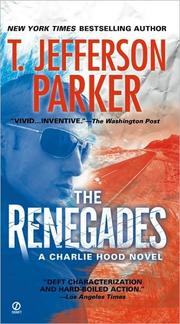 “The Renegades,” published in 2009, is the second Charlie Hood novel from T. Jefferson Parker. The first was “LA Outlaws,” published in 2008 (and which I briefly reviewed in October 2009). That was the better book, thanks to the superbly drawn character of LA outlaw Allison Murrieta, a sympathetic bank robber with Robin-Hoodish leanings, who becomes a folk hero of sorts, as well as a Hood love interest.
“The Renegades,” published in 2009, is the second Charlie Hood novel from T. Jefferson Parker. The first was “LA Outlaws,” published in 2008 (and which I briefly reviewed in October 2009). That was the better book, thanks to the superbly drawn character of LA outlaw Allison Murrieta, a sympathetic bank robber with Robin-Hoodish leanings, who becomes a folk hero of sorts, as well as a Hood love interest.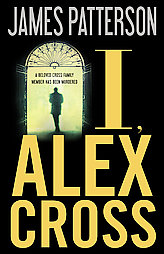 I, Alex Cross, is the 15th book in this mystery/crime series by James Patterson. He’s got a number of series out there, most written by other people under his brand name. But the Alex Cross books are what put him on the map. And except for the 14th installment, Cross Country, the Cross books are consistently good–the best books under the Patterson brand.
I, Alex Cross, is the 15th book in this mystery/crime series by James Patterson. He’s got a number of series out there, most written by other people under his brand name. But the Alex Cross books are what put him on the map. And except for the 14th installment, Cross Country, the Cross books are consistently good–the best books under the Patterson brand.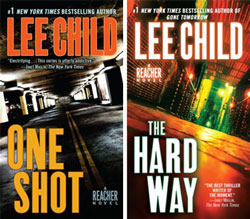 I’ve been reading the Lee Child “Jack Reacher” series in order. I just finished books 9 and 10 in the series. Jack Reacher is a truly original action hero, as lethal as they come. None of these books are art, but they are sure fun to read.
I’ve been reading the Lee Child “Jack Reacher” series in order. I just finished books 9 and 10 in the series. Jack Reacher is a truly original action hero, as lethal as they come. None of these books are art, but they are sure fun to read.


